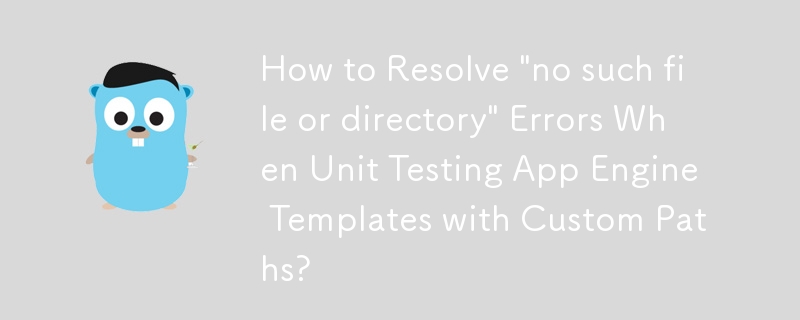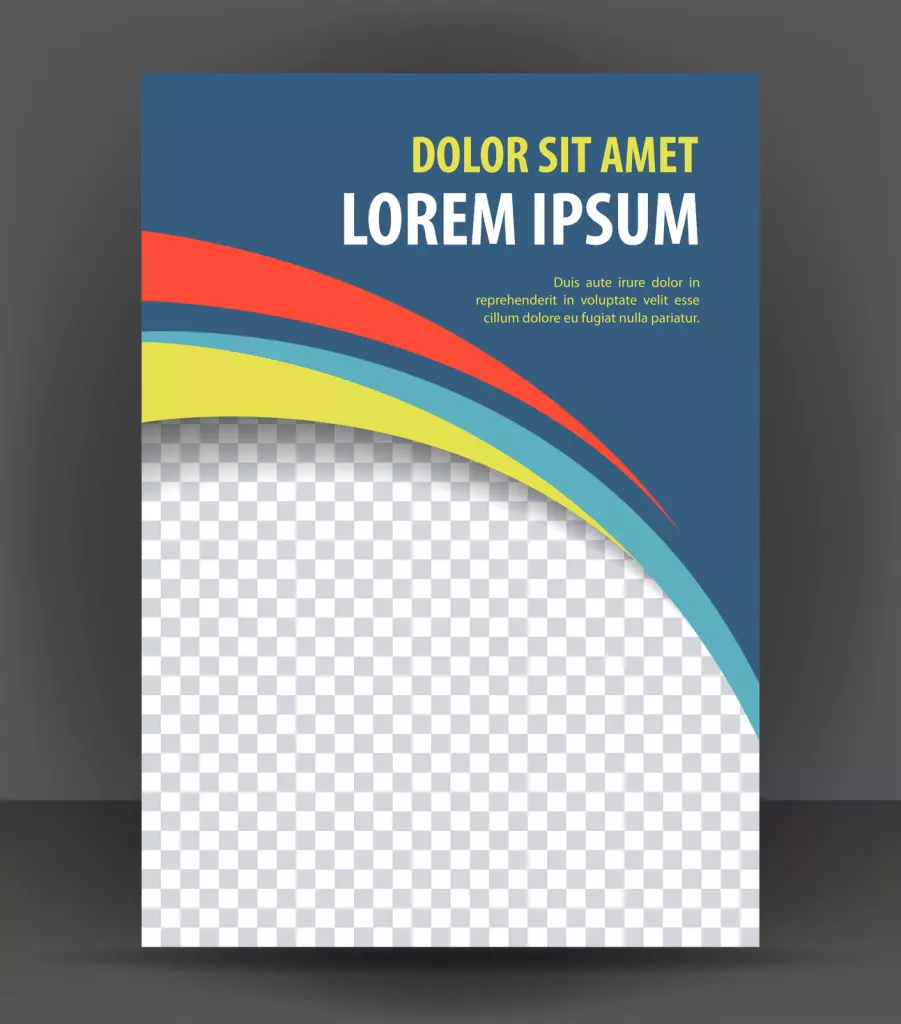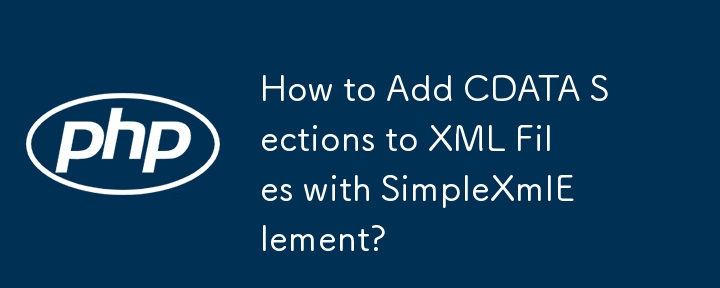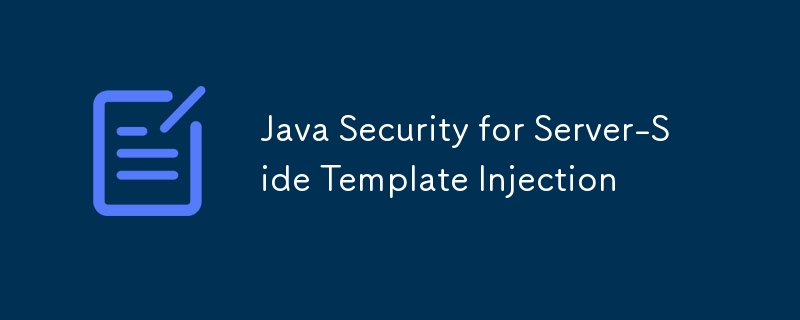Found a total of 10000 related content

Twig - the Most Popular Stand-Alone PHP Template Engine
Article Introduction:Twig: A popular PHP template engine
Twig is a popular PHP template engine developed by Sensio Labs, which simplifies PHP code and adds features such as security and debugging. Twig acts on both frontend and backend of the project, and can be viewed from two perspectives: Twig for template designers and Twig for developers. Twig uses a core object called Environment to store configurations, extensions, and load templates from a file system or other locations. Twig supports nested templates (blocks), avoiding duplication of elements in templates, and can cache compiled templates to speed up subsequent requests. Twig supports conditional statements, loops and filters to control the display of information in templates.
2025-02-09
comment 0
1307


Transphporm - a Different Kind of Template Engine
Article Introduction:Transphporm: A Novel PHP Template Engine Using CSS-like Syntax
Transphporm distinguishes itself as a unique PHP template engine employing a CSS-like syntax for data transformation, eliminating the need for specialized template languages. This approa
2025-02-16
comment 0
474

Can Laravel\'s Blade Template Engine Handle Compilation from Strings?
Article Introduction:Extending Laravel's Blade template engine to compile templates from strings, providing flexibility in dynamic template generation and rendering. A custom BladeCompiler with a compileWiths() method is implemented, allowing blade templates to be compil
2024-10-22
comment 0
428


How to create custom single post templates
Article Introduction:The key to creating a custom single post template in WordPress is understanding the template hierarchy and correctly naming the files. 1. First understand the template loading priority of WordPress. It will look for single-{post_type}.php, single-{category}.php, single.php and index.php in turn; 2. Create corresponding template files based on article classification or custom article types, such as single-news.php or single-portfolio.php, and ensure that the classification slug is correct; 3. For specific articles, you can use the page template method, and declare the template name by adding comments and using plug-in to achieve selection.
2025-08-25
comment 0
320

PrestaShop 1.7: Correctly get and display classification links in custom modules
Article Introduction:This tutorial aims to resolve the "Undefined index: link" error encountered when trying to get and display the classification link in the PrestaShop 1.7 custom module. We will explain in detail how to use PrestaShop's Link class to pass link objects to the Smarty template in the backend PHP code, and call the getCategoryLink method correctly in the frontend template to dynamically generate a classification URL to ensure the correctness and accessibility of the link.
2025-08-20
comment 0
325

Implementing hashless non-block helper in PHP Handlebars
Article Introduction:This article describes how to implement a JavaScript Handlebars-like non-block helper (non-block helper) in PHP's Handlebars template engine. Since the official salesforce/handlebars-php library does not natively support this type of assistant, this article provides a way to modify the Handlebars/Template.php file, supports hashless assistants by adding custom logic to the variables function, and provides code examples and implementation details.
2025-08-22
comment 0
900

Laravel: Key Features and Advantages Explained
Article Introduction:Laravel is a PHP framework based on MVC architecture, with concise syntax, powerful command line tools, convenient data operation and flexible template engine. 1. Elegant syntax and easy-to-use API make development quick and easy to use. 2. Artisan command line tool simplifies code generation and database management. 3.EloquentORM makes data operation intuitive and simple. 4. The Blade template engine supports advanced view logic.
2025-04-19
comment 0
1012

How to Add CDATA Sections to XML Files with SimpleXmlElement?
Article Introduction:This article provides a custom PHP class, SimpleXMLExtended, which extends the SimpleXMLElement class to add CDATA sections to XML files. It includes a specific example of how to use this class to insert CDATA into an XML document, resolving the issu
2024-10-23
comment 0
1048

Exploring the HTML `` and `` elements for web components.
Article Introduction:Define unrendered HTML templates, suitable for component reuse; reserve slots to implement content distribution. Content can be dynamically inserted by JS, but the resources will not be rendered initially or loaded; external incoming content is allowed to replace the default value, and named slots are supported. Both are commonly used in WebComponents, and are combined with CustomElements to create custom elements that can encapsulate structures and styles. Steps: Create a template → Define the class inheritance HTMLElement → attachshadowroot → Clone the template and add shadowDOM → Register custom elements.
2025-07-03
comment 0
1008

How to write a custom C iterator?
Article Introduction:To write a custom C iterator, first define a class and implement dereference (*it), increment (it) and comparison (==, !=) operations. 1. Define a template class containing a pointer and declare five type aliases: value_type, difference_type, pointer, reference and iterator_category; 2. Select the appropriate iterator category tag according to the needs, such as std::forward_iterator_tag, std::bidirectional_iterator_tag or std::random_access_iterator_tag, and implement
2025-08-24
comment 0
135

Java Security for Server-Side Template Injection
Article Introduction:Preventing server-side template injection (SSTI) requires four aspects: 1. Use security configurations, such as disabling method calls and restricting class loading; 2. Avoid user input as template content, only variable replacement and strictly verify input; 3. Adopt sandbox environments, such as Pebble, Mustache or isolating rendering context; 4. Regularly update the dependent version and review the code logic to ensure that the template engine is configured reasonably and prevent the system from being attacked due to user-controllable templates.
2025-07-16
comment 0
780

C template argument deduction for class templates (CTAD) in C 17
Article Introduction:CTAD is a feature introduced by C 17, which is used to automatically deduce template parameter types when creating class template instances, making the code more concise. 1. It deduces template parameters through constructor parameter types; 2. It supports custom classes, and if necessary, it can control the derivation rules through deductionguide; 3. There are restrictions, such as they are not applicable to partial specialization, derivation may not be intuitive, and are affected by implicit conversions, etc.
2025-07-06
comment 0
720

PHP Extension Development with PHP-CPP: Object Oriented Code
Article Introduction:This article continues the exploration of building PHP extensions using PHP-CPP, focusing on object-oriented features. We'll create a Complex number class to illustrate the library's capabilities.
To begin, we'll adapt the PHP-CPP project template.
2025-02-21
comment 0
398

Creating custom elements with HTML5 and Web Components
Article Introduction:To create a custom element, you need to define the class and register the tag name. 1. Define the class to inherit HTMLElement and build internal structures using ShadowDOM; 2. Register elements through customElements.define(); 3. Use template tags to organize structures and styles, and reference templates in the class; 4. Use life cycle callbacks to connectedCallback, disconnectedCallback, adoptedCallback and attributeChangedCallback to manage element state and attribute monitoring. You need to define the observedAttributes static attribute to trigger attribute change
2025-07-06
comment 0
532

What is the Most Effortless PHP Library for Form Validation?
Article Introduction:Easiest Form Validation Library for PHPIn search of a straightforward PHP library that simplifies form validation tasks? Let's explore your options:Custom Library ExampleThe user suggests a custom PHP class that incorporates predefined regex patterns
2024-10-17
comment 0
1031

PrestaShop 1.7: Correctly get and display categorical links in custom modules
Article Introduction:This tutorial details how to correctly obtain and display the classification link in the PrestaShop 1.7 custom module, and resolves the common error of "Undefined index: link" after using the Category::getNestedCategories method. The article will guide you how to use PrestaShop's Link class to assign link objects to Smarty templates in PHP code, and dynamically generate classified URLs through the getCategoryLink method in the template to ensure the accuracy and maintainability of the link.
2025-08-21
comment 0
644

How to create a custom widget in Yii
Article Introduction:To create a custom widget, you need to inherit the yii\base\Widget class and implement the init() and run() methods. 2. Place the class file in the @app/widgets/ directory. 3. Use it in the view through widget() or begin() and end() syntax. 4. Complex output can render the view template through render() method. 5. Create resource packages when CSS/JS is required and register in run().
2025-08-30
comment 0
910

JavaScript tutorial for modifying Shopify pagination URLs
Article Introduction:This tutorial is intended to guide Shopify developers how to use JavaScript to modify the format of pagination URLs and convert the standard ?page=2 form to a more concise /2 form. We will explore how to dynamically obtain the handle of the current collection and insert it into a pagination link to implement a custom URL structure using the Liquid template engine and JavaScript code.
2025-08-21
comment 0
478


















